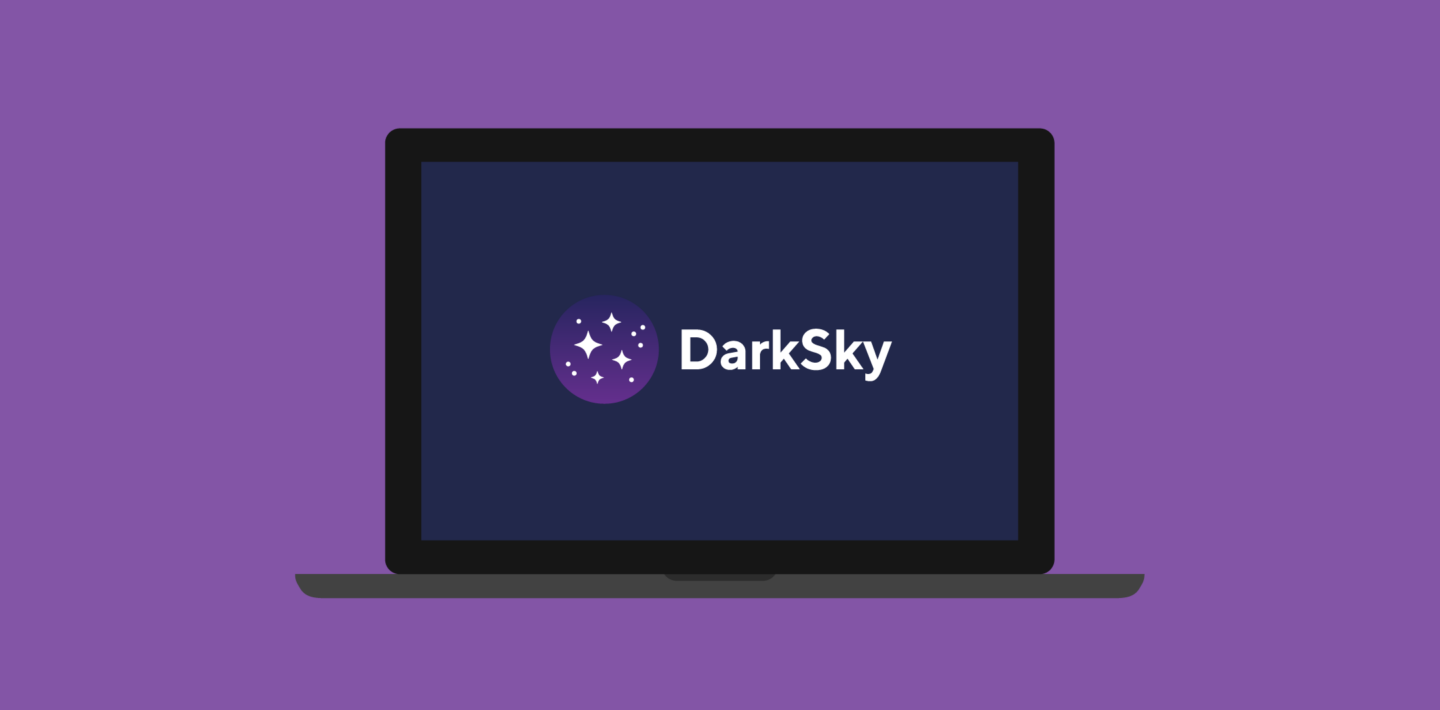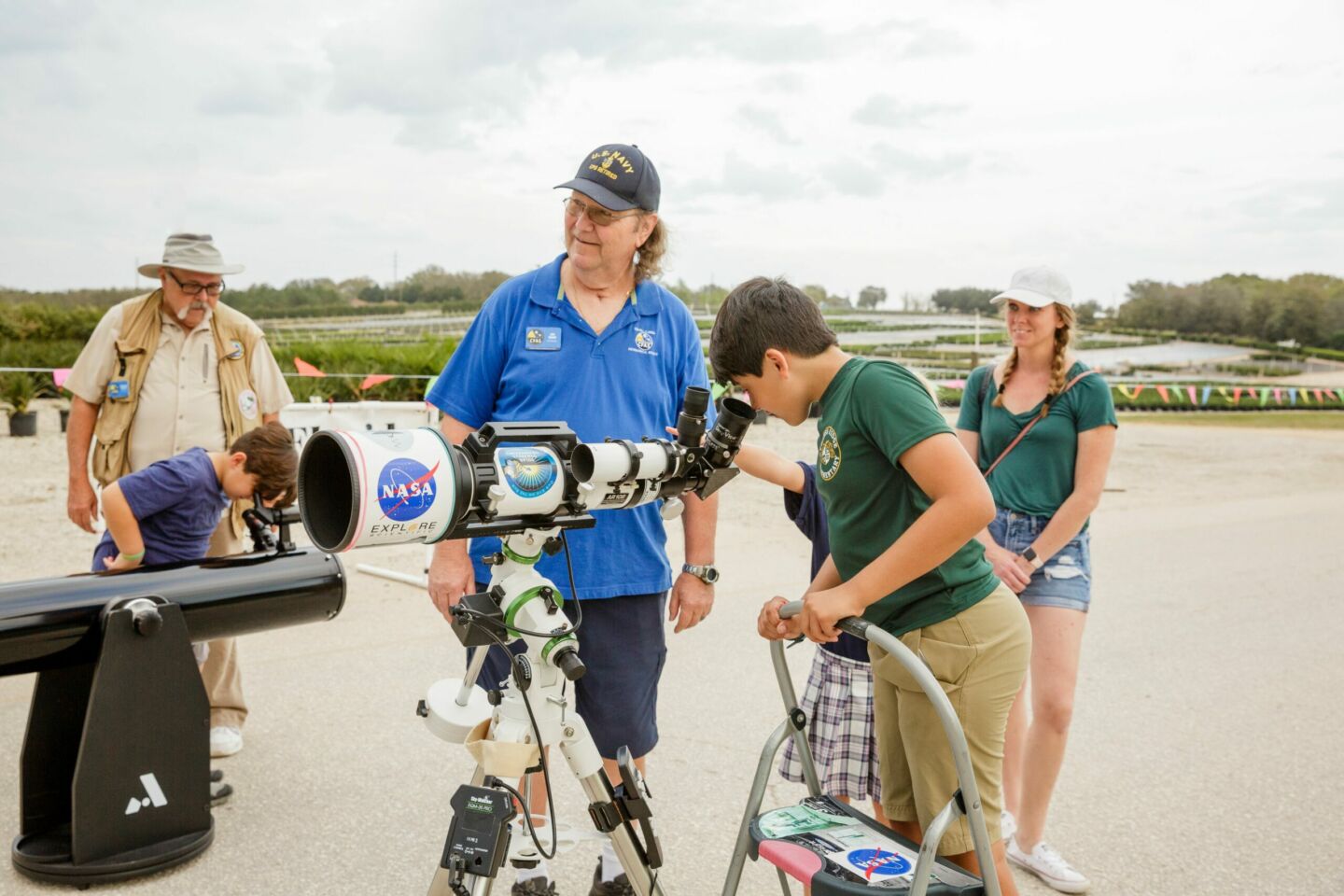
The Night Sky and You

IDA Public Advocacy Volunteer and amateur astronomer, Dawn Davies, shares the hidden wonders of the night sky to engage our sense of wonder and inspire exploration of the night.
What You’ll Need
Internet ccess
Electronic device (optional)
A compass, or basic navigational orientation
Access to the outdoors
A pair of binoculars (optional)
What You’ll See
Satellites
Hubble Space Telescope
International Space Station
Best Time to View
Depends on what you are looking for and your location
When you think about astronomy, do you imagine scientists observing distant galaxies, peering through eyepieces to see far away stars and planets? The truth is that anyone can enjoy astronomy and find objects in the sky that are closer to Earth. In fact, an estimated half million objects are circling our planet right now.1 Some items are the size of a Cheerio, while others are like grand pianos spinning in space. The Hubble Space Telescope is the size of a school bus and the International Space Station is as large as an American football field.2 The vast majority of these items are trackable, which means that with the right information and software, you can tell where an object is anytime.
During the course of a stargazing session, you may see a half a dozen (of over 1,000) active satellites in orbit right now. These satellites are a mix of government and privately owned devices, and they help provide data for everything—from your cell phone network to the GPS device in your car.
In the 1990s, as the cell phone was becoming more popular, a series of satellites were launched to support this network. The Iridium network was originally a series of sixty-six satellites and expanded to a total of ninety-five.3 Each unit is powered by a large solar array; due to the size of the machines and panels, we can track both where they are in orbit and what direction they are facing. Therefore, at any moment we can tell if one, or more, of them will be in a position to reflect sunlight down to earth—an occurrence that is referred to as a flare. These flares can be predicted to the accuracy of a second and website resources will indicate where the flare will begin, what path it will take, and at what point the flare will be at its brightest.
Two other orbiting bodies are almost as bright as the strongest Iridium flare. The Hubble Space Telescope has been in active use for the last twenty-seven years, having been launched on the Space Shuttle Discovery during STS-31 in 1990.4 It has functioned as our eyes on deep space since then. The Hubble includes, among other pieces of equipment, four large solar panels. Like other satellites in orbit, we know when and where the Hubble will be, and at what point its panels will be in optimum position to create a flare. Unfortunately, due to its low place in orbit and speed of four miles per second, the light we see from a Hubble pass is usually short-lived.
The International Space Station circles the earth only slightly faster than Hubble, every ninety-two minutes.5 Solar panels power everything on the station and cover one acre of its surface, making it a glistening jewel in the sky when angled just right. However, although these objects circle multiple times each day, you may not be able to see one pass after another. The paths of these orbital giants don’t appear to move in a straight line, due to the rotation and axis of the Earth, as discussed in my blog last week. During one orbit, an object may appear over the northern hemisphere, and ninety-two minutes later it will appear in the sky south of the equator. Also, the reflection may not always be bright enough to see when viewed at midday. Additionally, your location and the darkness of the sky may restrict your ability to see these objects. As always, darker and less light-polluted areas are better for observing.
There are many online resources to help you determine the best times and locations for observing in your area. Some websites also offer applications for mobile devices. Using your favorite search engine, type in what you are looking for in the sky, enter your location, and look up to enjoy some orbital eye candy!
References
1 Franzen, C. (2015) See All the Satellites and Space Junk…, PopSci.com, Retrieved from http://www.popsci.com/now-you-can-see-all-space-junk-floating-around-earth-real-time
2 Nudelman, M. & Orwig, J. (2015) History’s best-known science satellites…, BusinessInsider.com Retrieved from http://www.businessinsider.com/size-of-most-famous-satellites-2015-10
3 Iridium Satellite Constellation. (2017) Wikipedia. Retrieved June 26, 2017, from https://en.wikipedia.org/wiki/Iridium_satellite_constellation
4 Hubble Space Telescope. (2017) Wikipedia. Retrieved June 26, 2017, from https://en.wikipedia.org/wiki/Hubble_Space_Telescope
5 International Space Station. (2017) Wikipedia. Retrieved June 26, 2017, from https://en.wikipedia.org/wiki/International_Space_Station



















